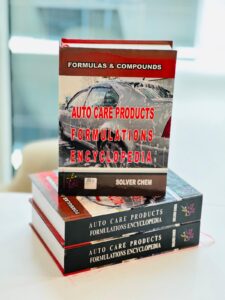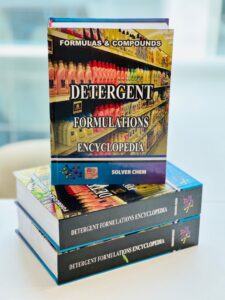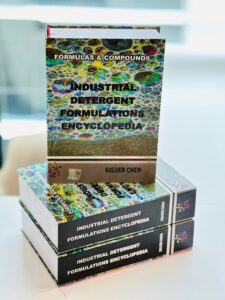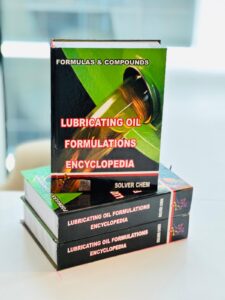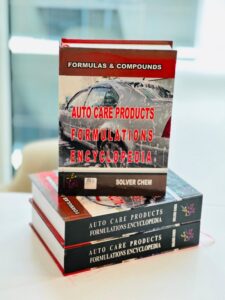
Iron-Removing (Color-Changing) -Neutral Cleaners are specialized detailing products that combine two key functions: safe, -balanced cleaning and chemical iron decontamination. They are often referred to as “reactive” or “bleeding” wheel cleaners.
Here is a comprehensive breakdown of the properties and applications of these advanced cleaners.
Key Properties of Iron-Removing -Neutral Cleaners
Working Principle: The Chemistry of the Color Change
The color change is not a gimmick; it is a visible chemical reaction known as chelation:
- The Target: Ferrous brake dust is composed of tiny, sharp, iron particles that have bonded to the wheel’s surface.
- The Active Agent: The cleaner contains a compound (a chelating agent) that is attracted to the iron.
- The Reaction: When the active agent contacts the iron () particle, it bonds with it, wrapping around it to form a new, large, water-soluble complex called ferric thioglycolate.
- The Color: This new chemical complex is a brilliant, deep violet or red color. This is the “bleeding” you see, which signals that the iron has been broken down and is now safely suspended in the solution, ready to be rinsed away.
Applications and Ideal Use Cases
These cleaners are essential for a complete car care routine and have specific ideal applications:
1. Full Iron Decontamination (Wheels & Paint)
- Wheel Cleaning: The primary application is dissolving baked-on brake dust from wheels, especially the inner barrels where brake dust is most concentrated.
- Paint Decontamination (Fallout Remover): Unlike traditional wheel cleaners, the -neutral formula is safe to use on vehicle paintwork to dissolve industrial fallout and rail dust that embed in the clear coat.
2. Cleaning Sensitive Wheel Finishes
- Custom & Aftermarket Wheels: Ideal for custom powder-coated, painted, polished, or clear-coated wheels that could be etched or damaged by strong acidic or alkaline cleaners.
- High-Performance Brakes: Safe for use on cars equipped with expensive carbon-ceramic brake systems, which would be damaged by acidic products.
3. Deep-Cleaning Neglected Wheels
- Infrequent Cleaning: Perfect for wheels that have not been cleaned thoroughly in a long time, allowing the product to chemically break down years of contamination with minimal physical scrubbing.
4. The “Touchless” Clean
-
Minimizing Abrasion: The chemical action of dissolving the dirt and iron (often without agitation) significantly reduces the risk of scratching the wheel finish, which can occur when scrubbing dry, sharp brake dust with a brush.

